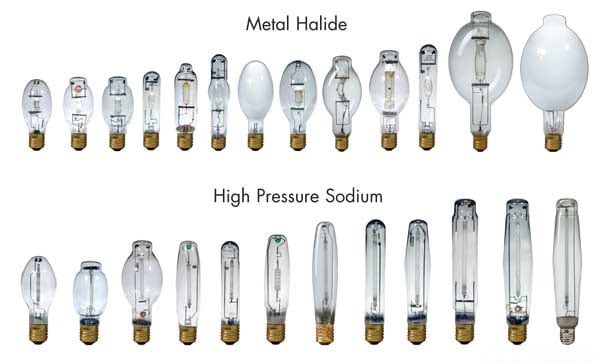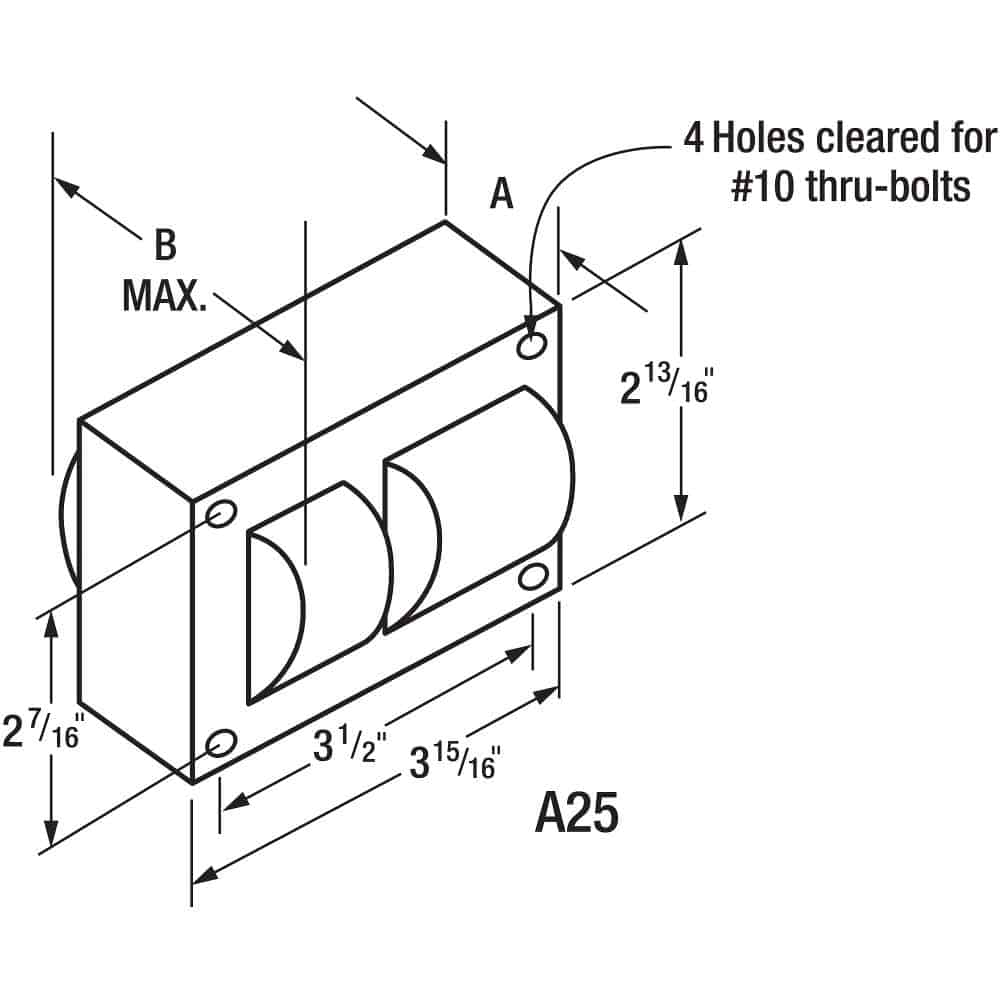In a ballast light system, the HID ballast regulates the current to the lamps and provides sufficient voltage to start the lamps. Without a ballast to limit its current, a fluorescent lamp connected directly to a high voltage power source would rapidly and uncontrollably increase its current draw. Within a second the lamp would overheat and burn out. During lamp starting, the ballast must briefly supply high voltage to establish an arc between the two lamp electrodes. Once the arc is established, the ballast quickly reduces the voltage and regulates the electric current to produce a steady light output.
Maintaining an optimum electrode temperature is the key to long lamp life. Thus, some ballasts have a separate circuit that provides a low voltage to heat the lamp electrodes during lamp starting and typically during lamp operation
ballast light Wiring Diagrams
Ballast Wiring Diagrams for ballast light kits including Metal Halide and High Pressure Sodium Lighting ballasts. Most magnetic HID ballasts are multi-tap, meaning they can be connected to several different voltages.
Here we display wiring diagrams for metal halide (probe start), metal halide (pulse start) and high pressure sodium HID ballast kits. Most magnetic HID ballasts are multi-tap, meaning they can be connected to several different voltages. Here we display wiring diagrams for metal halide (probe start), metal halide (pulse start) and high pressure sodium HID ballast kits.
Assemble the necessary materials for your ballast light if you are constructing your lamp without a kit. The three main parts that you will need for your ballast are a transformer, inductor and capacitor; be sure that they are rated at 120 V. You will need 14-gauge wiring, a power cord and a male plug set to connect your ballast to your bulb and light bulb socket.


